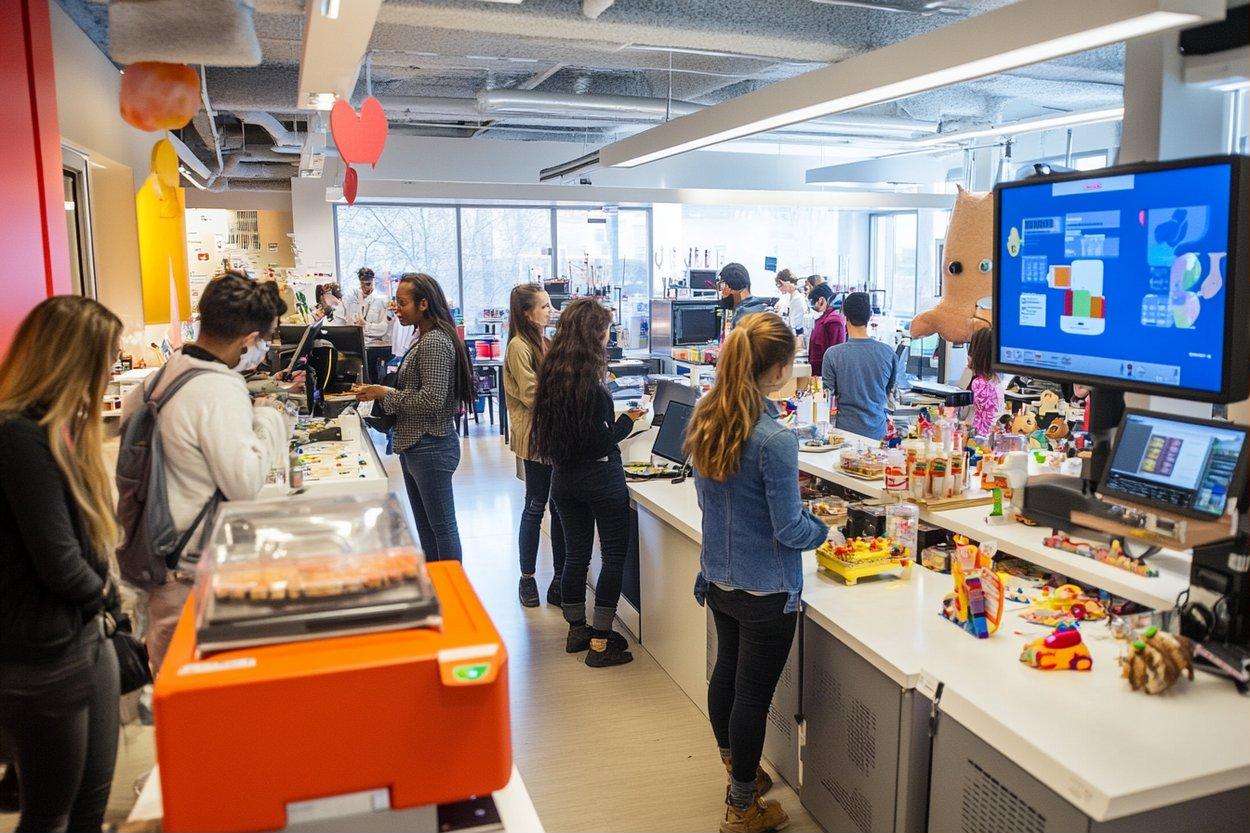What Surprising Skills Can Be Gained from a 3D Animation Degree?
When most people think about a 3D animation degree, they envision graduates creating the next Pixar film or designing characters for video games. While these are indeed potential career paths, a 3D animation education offers far more than just technical animation skills. The multidisciplinary nature of this field equips students with an impressive array of transferable abilities that extend well beyond the digital art world and into unexpected professional territories.

Career Paths and Industry Opportunities Beyond Entertainment
The career landscape for 3D animation graduates extends far beyond entertainment media. While film and gaming remain popular destinations, 3D animation skills are increasingly valued in healthcare, where medical animators create detailed visualizations of surgical procedures and anatomical processes. Architectural firms employ animators to develop immersive walkthroughs of proposed buildings and spaces. The advertising industry seeks 3D specialists to create compelling product demonstrations and brand experiences.
Perhaps most surprisingly, industrial design and manufacturing now regularly utilize 3D animation graduates to create prototypes and simulations before physical production begins. The automotive industry employs animators to design and test vehicle concepts virtually. Even the legal field has found use for animation skills in creating accident reconstructions and evidence presentations for courtroom proceedings.
Essential Skills and Software Mastery That Transfer Across Industries
The technical competencies developed during a 3D animation degree are remarkably versatile. Students master industry-standard software like Autodesk Maya, Blender, Cinema 4D, and ZBrush—tools that develop deep computational thinking abilities. Learning these complex programs requires understanding hierarchical systems, procedural workflows, and intricate problem-solving approaches that transfer to numerous technical fields.
Beyond software proficiency, animation students develop a sophisticated understanding of physics, movement, and timing. This physical awareness translates to fields like robotics, where understanding natural movement is crucial for designing realistic mechanical systems. The lighting expertise gained can transfer to architectural lighting design or photography. Perhaps most valuable is the development of spatial reasoning—the ability to visualize and manipulate objects in three dimensions—which is highly prized in fields ranging from engineering to urban planning.
The Surprising Soft Skills Developed Through Animation Training
Animation education cultivates an exceptional set of soft skills that many students don’t anticipate gaining. Chief among these is resilience—3D animation is notoriously detail-oriented and requires persistent problem-solving through technical challenges. Students learn to accept and implement constructive criticism through regular portfolio reviews and iterative project development.
Time management becomes second nature as animation projects require balancing technical precision with creative development under strict deadlines. Storytelling abilities are honed regardless of animation style, as students learn to communicate compelling narratives through visual means. This translates directly to marketing, communications, and any field requiring persuasive presentation skills.
Perhaps most valuable is the development of collaborative abilities. Modern animation is rarely a solo endeavor, and students learn to work within production pipelines where their work must seamlessly integrate with others’. This team-oriented mindset, combined with the ability to communicate complex technical concepts to non-technical team members, creates graduates who excel in interdisciplinary environments.
Building a Competitive 3D Animation Portfolio That Showcases Versatility
A successful 3D animation portfolio demonstrates far more than technical prowess. Employers increasingly look for evidence of versatility and problem-solving capabilities. The most competitive portfolios showcase a range of skills from character development and environmental design to lighting, texturing, and rigging.
Effective demo reels tell stories about the creator’s abilities and approach rather than simply displaying disconnected technical exercises. Recruiters report being most impressed by portfolios that demonstrate clear thinking processes—showing progression from concept to completion, including problem-solving documentation and iteration.
Industry professionals recommend including collaborative projects that highlight contribution to team efforts, as this demonstrates the ability to work within production pipelines. Additionally, portfolios that demonstrate specialized technical knowledge in emerging areas like virtual reality, augmented reality, or real-time rendering can significantly differentiate graduates in competitive job markets.
Emerging Technologies and Future-Proof Skills in 3D Animation Education
Today’s 3D animation programs increasingly incorporate cutting-edge technologies that prepare graduates for emerging opportunities. Real-time rendering engines like Unreal Engine and Unity are becoming standard components of animation curricula, preparing students for careers in interactive media, virtual production, and immersive experiences beyond traditional animation.
Motion capture technology training provides skills applicable to performance capture for entertainment, but also extends to medical motion analysis, sports performance optimization, and ergonomic research. Procedural animation techniques teach programming logic and algorithmic thinking that transfer directly to technical fields like software development.
Virtual reality and augmented reality design principles are increasingly incorporated into 3D animation programs, preparing graduates for what many predict will be exponential growth in these immersive technologies across industries from retail to healthcare and beyond.
Conclusion
A 3D animation degree offers far more than the technical ability to create moving images. It develops a unique blend of artistic sensitivity, technical proficiency, problem-solving capabilities, and collaborative skills that prepare graduates for diverse career paths both within and beyond the creative industries. The surprising transferability of these skills makes 3D animation education an unexpectedly versatile foundation for numerous career trajectories in our increasingly visual and digital world.




